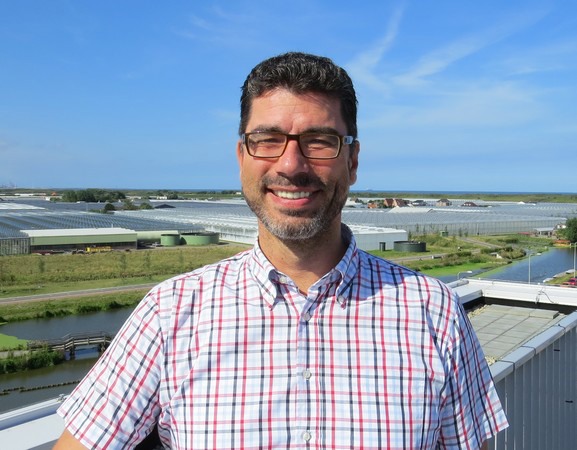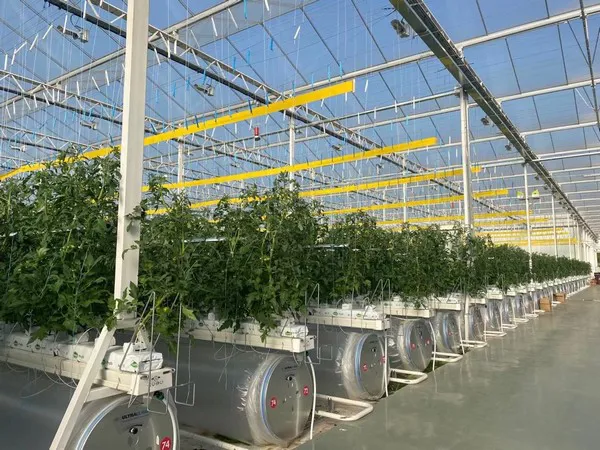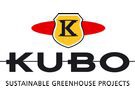China is a vast, agricultural country. Much of its covered cultivation is done in so-called "solar" greenhouses. These are quite simple, technology-wise. "You build a soil or concrete rampart; kind of a wall," begins Robert Keijzer.
He is Kubo's man in China. Kubo is a Dutch greenhouse project management firm. "Then you stretch film over its sunny side. And you grow your crops under that. Very simple, but it works."
But it could, of course, be significantly more productive and energy-efficient. "Those greenhouses worked fine for years. However, about eight years ago, the Chinese government started down a different path. They began emphasizing modernization. Raw materials are becoming scarcer. And they want the square footage to become more productive," says Robert.
Added to that - climate change. "These kinds of greenhouses don't always perform as desired. So, with food supply in mind, people are trying to find more reliable systems."

Government-supported modernization
People ended up in the Netherlands in the quest for modern farming methods. In the past eight years, Dutch companies have built various modern greenhouses in China. These are often demonstration systems.
"Those greenhouses, unfortunately, haven't always been commercially successful. But the Chinese government isn't giving up. Come what may, cultivation must be modernization," Robert continues.
The Chinese authorities have made considerable money and resources available for that. And, by now, there are several modern, commercially-sized greenhouses in the country. "Many of them have been built using Dutch technology. Sometimes also constructed by Dutch technology suppliers. Kubo has been allowed to build a good number of these."

Commercial success
The Chinese are also building modern greenhouses themselves. These often contain high-quality Dutch technology. They're all fully modern. However, these high-end projects don't provide the desired modernization the government wants to see. A project must not only be modern; it must also be commercially successful. And that's sometimes lacking.
“True long-term innovation must, after all, make you money," Keijzer points out. "Government subsidies won't be never-ending. At some point, the business world will have to take over. We're not there yet."
Fortunately, there are exceptions."One of our partners in China is such an exception. But, for every project that's successful by Western standards, there are at least ten, maybe more, that cost money every year they run," Robert concludes.
For more information: KUBO Group
KUBO Group
Email: [email protected]
Website: www.kubogroup.nl
Robert Keijzer
Tel: +31 (0) 610 728 501
Email: [email protected]
